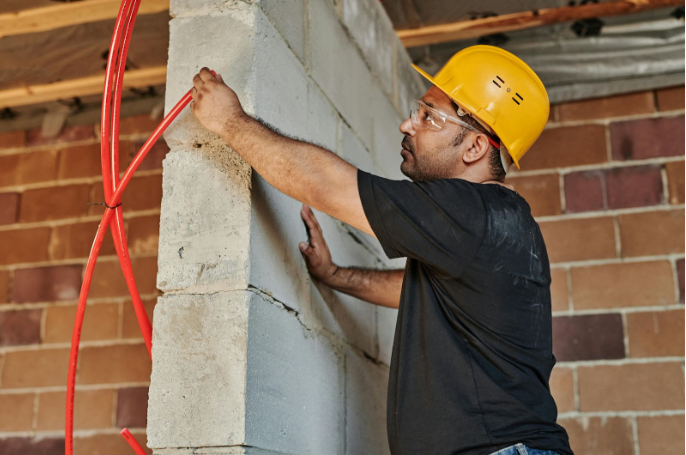Curb appeal begins with solid, well-maintained siding. Homeowners often notice peeling paint, warped panels, or rising energy bills but may not connect these issues to siding damage. Over time, these problems can grow, affecting both the structure and comfort of the home.
Hiring the right siding contractors near me can address these concerns quickly. Siding is not just about appearance—it protects the home, improves insulation, and keeps maintenance to a minimum throughout the year.
The Role of Siding in Home Protection
Siding acts as the first layer of defense for any home. It shields the structure from rain, wind, and debris. When installed correctly, it also helps regulate indoor temperatures.
Cracked or rotting siding allows moisture to seep in, which can lead to mold, mildew, and interior wall damage. These issues become more costly the longer they’re ignored. Regular inspection and timely replacement help prevent such damage.
Energy Efficiency and Comfort
Modern siding materials often include insulation layers. These layers reduce heat loss during winter and help keep interiors cooler during summer.
Homes with worn or damaged siding may experience:
- Higher utility bills
- Drafts around windows and walls
- Uneven indoor temperatures
Updating the siding can improve energy efficiency and restore indoor comfort.
Material Options for Homeowners
Several siding materials are available today, each with its benefits and cost levels.
Vinyl Siding
Vinyl is a popular, cost-effective option. It’s durable, long-lasting, and requires minimal maintenance.
Fiber Cement
Fiber cement resists rot, fire, and insects. It mimics the look of wood but offers better durability in harsh weather.
Wood and Engineered Wood
These options offer natural beauty and suit traditional home styles, though they require regular upkeep.
Metal and Aluminum
Often used for modern aesthetics, metal siding resists rust and holds up well in storm-prone areas.
Signs It’s Time to Replace Siding
Siding damage often happens gradually, which can lead to delays in repair. However, the following signs indicate it’s time for a replacement:
- Blisters or bubbles on the surface
- Mold or mildew stains
- Loose or cracked siding
- Peeling interior paint
These symptoms suggest that moisture is penetrating the outer walls. Delaying repairs can result in higher costs later.
Finding the Right Contractor
Choosing the right siding contractor is crucial. Certified professionals can assess damage, recommend suitable materials, and complete the job efficiently. Many homeowners search using terms like “siding contractors near me” to find trusted local experts.
Experienced contractors understand local building codes, use proper tools, and offer warranties. This adds confidence and protection to the investment.
The Installation Process
Siding installation follows a clear and organized process designed to minimize disruption.
Step 1: Inspection and Estimate
Contractors inspect the current siding to check for water damage, structural issues, or rot.
Step 2: Material Selection
Homeowners choose siding based on their budget and home’s style.
Step 3: Preparation
Old siding is removed, and any damaged underlayers are repaired.
Step 4: Installation
New siding is carefully installed and sealed to prevent moisture entry.
Step 5: Final Walkthrough
A final check ensures everything is securely in place and ready for all seasons.
Siding as a Long-Term Investment
New siding enhances property value. Homes with updated exteriors often sell faster and command higher prices. Beyond appearance, it signals that the home is well-maintained and protected.
Additionally, homeowners benefit from lower maintenance costs and improved energy efficiency for years to come.
Final Thoughts
Siding serves more than just an aesthetic function—it protects, insulates, and adds value. Regular updates ensure the home remains strong and stylish.
Working with trusted Home window dealer Anacortes ensures a smooth, professional installation process with long-lasting results.
